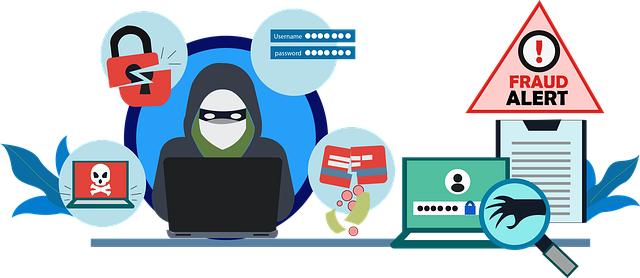The Growing Challenge of Cyber Fraud
In today’s digital landscape, cyber fraud poses an increasing threat to individuals and organizations alike. As technology evolves, so do the tactics employed by cybercriminals, leading to a substantial rise in fraud cases. This article delves into the various types of cyber fraud, the impact it has on society, and practical strategies for prevention.
Understanding Cyber Fraud
Cyber fraud encompasses a broad range of illicit activities conducted through digital means. From identity theft to phishing scams, the methods of operation are continually evolving. Below are some of the most common types of cyber fraud:
- Phishing: Tricking users into providing sensitive information, often through emails that appear legitimate.
- Identity Theft: Stealing personal information to impersonate someone else, often for financial gain.
- Online Scams: Fraudulent websites or social media profiles designed to deceive users.
- Ransomware: Malicious software that locks files and demands payment for their release.
The Current Landscape of Cyber Fraud
According to recent statistics, the financial losses attributed to cyber fraud have reached alarming levels. The FBI’s Internet Crime Complaint Center (IC3) reported over $4.2 billion in losses due to cybercrime in 2020 alone. As remote work becomes the norm, vulnerabilities in security protocols are exploited, escalating the cyber fraud crisis.
Recent Cyber Fraud Cases
Examining notable cases can provide insight into the growing challenges of cyber fraud:
| Year | Case | Impact |
|---|---|---|
| 2020 | Twitter Hack | Approx. $120,000 stolen |
| 2021 | Colonial Pipeline Ransomware | Paid $4.4 million ransom |
| 2022 | Attacks on healthcare facilities | Disrupted services and medical data breaches |
The Impact of Cyber Fraud on Individuals and Businesses
Cyber fraud affects not only financial resources but also emotional and psychological well-being. Victims often experience stress, anxiety, and insecurity regarding their personal information.
For businesses, the ramifications are equally severe. Beyond financial losses, organizations may encounter:
- Reputation damage
- Loss of customer trust
- Legal repercussions
Practical Tips for Preventing Cyber Fraud
Preventing cyber fraud is a collective responsibility. Here are some practical tips for individuals and businesses alike:
For Individuals:
- Use Strong Passwords: Create complex passwords and change them regularly.
- Multi-Factor Authentication: Enable two-factor authentication whenever possible.
- Be Wary of Suspicious Communications: Always verify the source before clicking links or downloading attachments.
For Businesses:
- Employee Training: Conduct regular training sessions on cybersecurity awareness.
- Regular Software Updates: Keep all operating systems and software up to date to protect against vulnerabilities.
- Incident Response Plan: Develop and maintain an incident response plan to address potential breaches quickly.
Conclusion
The challenge of cyber fraud is growing, necessitating vigilance and proactive measures from all internet users. By understanding the types of cyber fraud, recognizing its impact, and implementing effective prevention strategies, we can collectively work towards a safer online environment.



